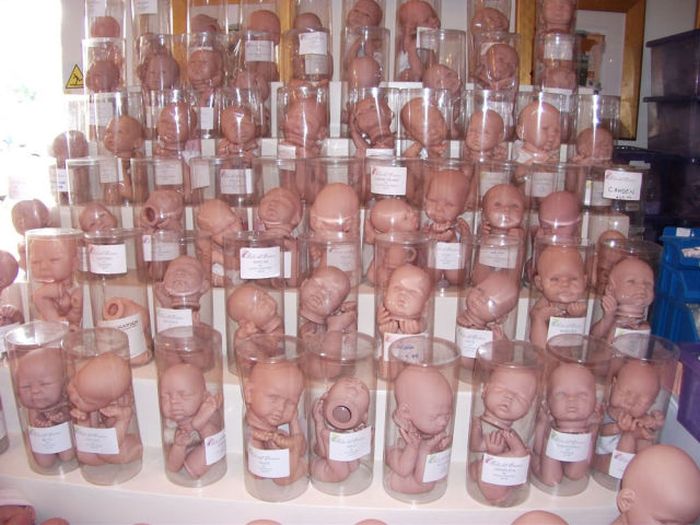|
|
Realistic Reborn Baby Doll
|
Colloquially the terms porcelain doll, bisque doll and china doll are sometimes used interchangeably. But collectors make a distinction between china dolls, made of glazed porcelain, and bisque dolls, made of unglazed bisque porcelain. A typical antique china doll has a white glazed porcelain head with painted molded hair and a body made of cloth or leather. The name comes from china being used to refer to the material porcelain. They were mass produced in Germany, peaking in popularity between 1840 and 1890, and selling in the millions. Parian dolls were also made in Germany, from around 1860 to 1880. They are made of white porcelain similar to china dolls but the head is not dipped in glaze and has a matte finish. Bisque dolls are characterized by their realistic, skin-like matte finish. They had their peak of popularity between 1860 and 1900 with French and German dolls. Antique German and French bisque dolls from the 19th century were often made as children's playthings, but contemporary bisque dolls are predominantly made directly for the collectors market.
Up through the middle of the 19th century, European dolls were predminantly made to represent grown-ups. Child-like dolls and the later ubiquitous baby doll did not appear until around 1850. But by the late century baby and child-like dolls had overtaken the market. Realistic, lifelike wax dolls were popular in Victorian England.
Paper dolls are cut out of paper, with separate clothes that are usually held onto the dolls by folding tabs. They often reflect contemporary styles, and 19th century ballerina paper dolls were among the earliest celebrity dolls. The 1930s Shirley Temple doll sold millions and were one of the most successful celebrity dolls. Small celluloid Kewpie dolls, based on illustrations by Rose O'Neill, were popular in the early 20th century. Madame Alexander created the first collectible doll based on a licensed character – Scarlett O'Hara from Gone with the Wind.
Contemporary dollhouses have their roots in European baby house display cases from the 17th century. Early dollhouses were all handmade, but following the Industrial Revolution and World War II, they were increasingly mass produced and became more affordable. Children's dollhouses have during the 20th century been made of tin litho, plastic, and wood. Contemporary houses for adult collectors are typically made of wood.
|
|









